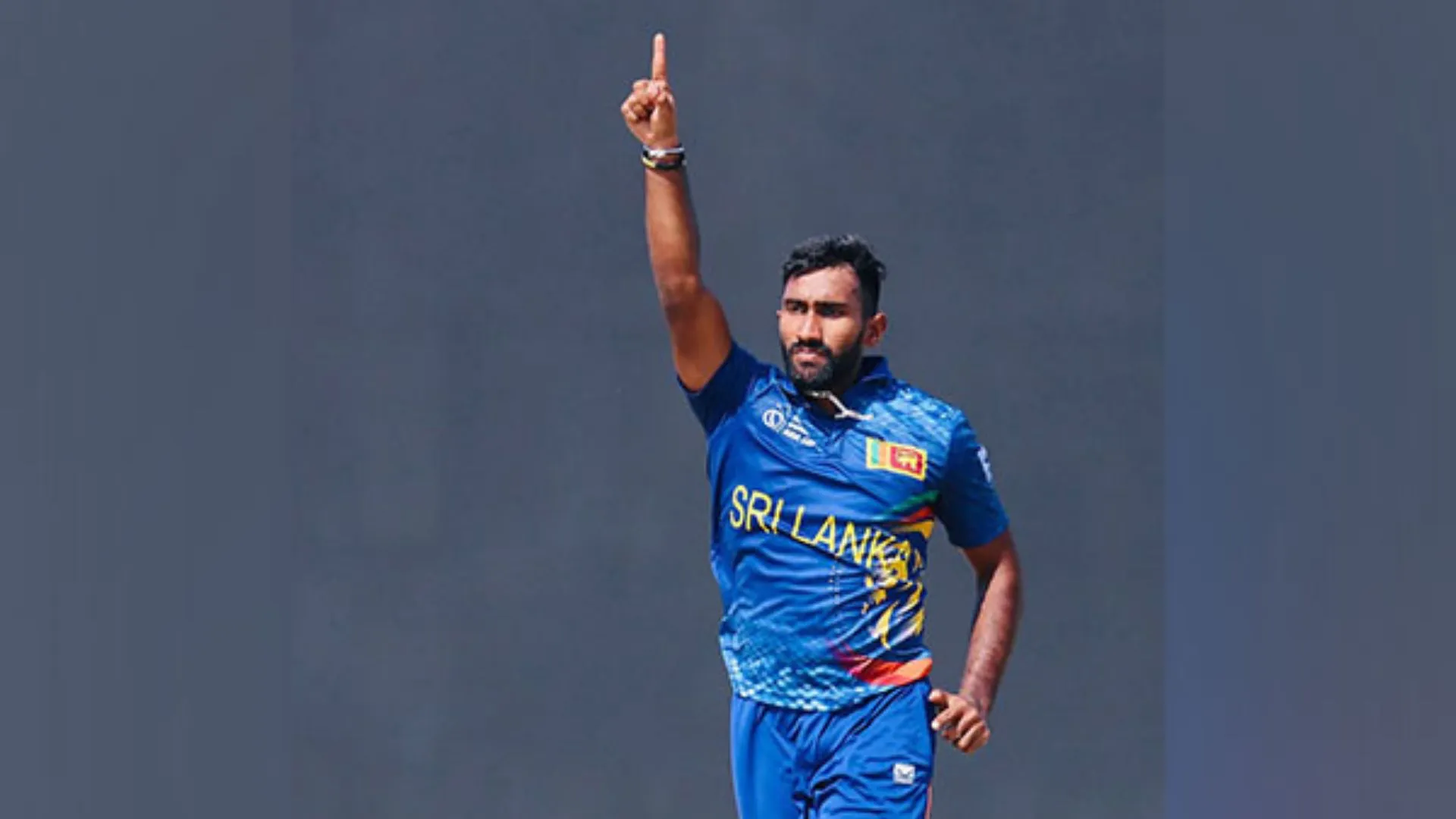As the Indian election process continues, western media’s hysteria on anything Indian has to be seen to be believed. For a long time now western media has been painting India as a dystopian hell, where the smoke of funeral pyres covers the sky—remember the front page photograph of burning bodies in New York Times during Covid?—apart from a fascist country that oppresses minorities, muzzles civil liberties: a country where democracy is backsliding. In the process, such media outlets conveniently ignore all the good news coming from India, including the fact that India and the United States have one of the most consequential partnerships of this century. To their “Indian dystopia” the western media has now added an additional layer, that of a rogue country determined to upend the global order, and destroy the rule of law by exterminating “critics”—as the Washington Post describes Khalistani terrorists—on “civilized” western soil. Looking at the narrative that is being spun, one could easily mistake India to be another communist China or even North Korea. The plan seems to be to paint Khalistani terrorists Hardeep Singh Nijjar and Gurpatwant Singh Pannun as India’s Jamal Khashoggi, a “critic” of the Saudi government, who was killed allegedly by the Saudis. In the Nijjar case, Canadian Prime Minister Justin Trudeau has still not been able to provide any credible evidence to back the “credible allegation” he made in his Parliament that the Indian government was behind the killing of the Khalistani terrorist. Even the men arrested for the murder of Nijjar last week have turned out to be gangsters from Punjab; all that the Canadian agencies have said in this context is that they are probing any possible Indian government links to the arrested men. And now the Australian media has joined forces with their western counterparts, by claiming that Indian spies have been trying to steal sensitive defence secrets from Australia. It’s not known what defence secrets India can possibly steal from an insignificant military power like Australia. But the lurid stories continue.
The bottom line is: The more it seems that Prime Minister Narendra Modi is returning to power for a third term, the more unhinged the western press’ coverage of India gets.
So biased have they become that they are not even willing to hear the other side speak. Earlier this week, a BJP politician complained in an article that the New York Times, even after commissioning his piece on India in the time of Narendra Modi, dropped it because of its “editorial policy”. The “editorial policy” is presumably of not publishing anything positive about India under PM Modi. So the newspaper that can provide space to Taliban leader Sirajuddin Haqqani—an extremist from the Haqqani Network—to write an opinion piece on “What We, the Taliban Want” (20 February 2020), will not allow a representative of the government of the world’s largest democracy to counter the diatribe that is hurled at them at every available opportunity. This is hardly journalism. This is partisan politics and is an extension of the “editorial policy” that the US legacy media has been following in the case of Donald Trump in particular. This “editorial policy” is actually visceral hatred masquerading as journalism. This is one of the primary reasons why mainstream media in the West is losing their readership, as a large section of people feel that their concerns, their beliefs are not getting any space in the mainstream media; that news coverage has become too political, with journalists behaving like political players.
As External Affairs Minister S. Jaishankar too has pointed out, western media believes they are a political player in India’s elections—this shows how out of touch with India they are. Western mainstream media’s market in India is minuscule, even among India’s large English speaking population, because Indians know the ground reality and take propaganda as just that—propaganda. To give an example, which Indian in their right mind will believe the propaganda that was once peddled by the NYT that promoting the sari by the Modi government was about promoting Hindu nationalism? Moreover, India is a price sensitive market and reading western legacy media is expensive business. Indians will not spend thousands of rupees to go beyond the paywalls erected by western media outlets. So in terms of reach, western media has very limited influence in India. Neither NYT nor the Washington Post will be able to influence the voting patterns of a handful of Indian voters, forget about influencing a Lok Sabha constituency of lakhs of voters. At the most they can make some waves on social media and provide some talking points to the Opposition. But even for the Opposition, “NYT has said this against Mr Modi” does not a make for a great campaign platform.
In fact, the only Indians they can influence are some—not all—NRIs based in the US, and a few Indian and Indian origin students who foolishly turn woke and Hamas supporters while on US campus. But then the downside of such a situation is that these students are now being thrown out by their respective universities for their anti-Semitic conduct while demanding freedom for Palestine, Kashmir, et al. As for the western audience of such media, when the diatribe is so deranged, and the ground reality so different, the truth tends to come out sooner or later. Hence, it’s time western mainstream media started behaving like the press they are supposed to be, and not like political parties with a stake in the Indian politics.








